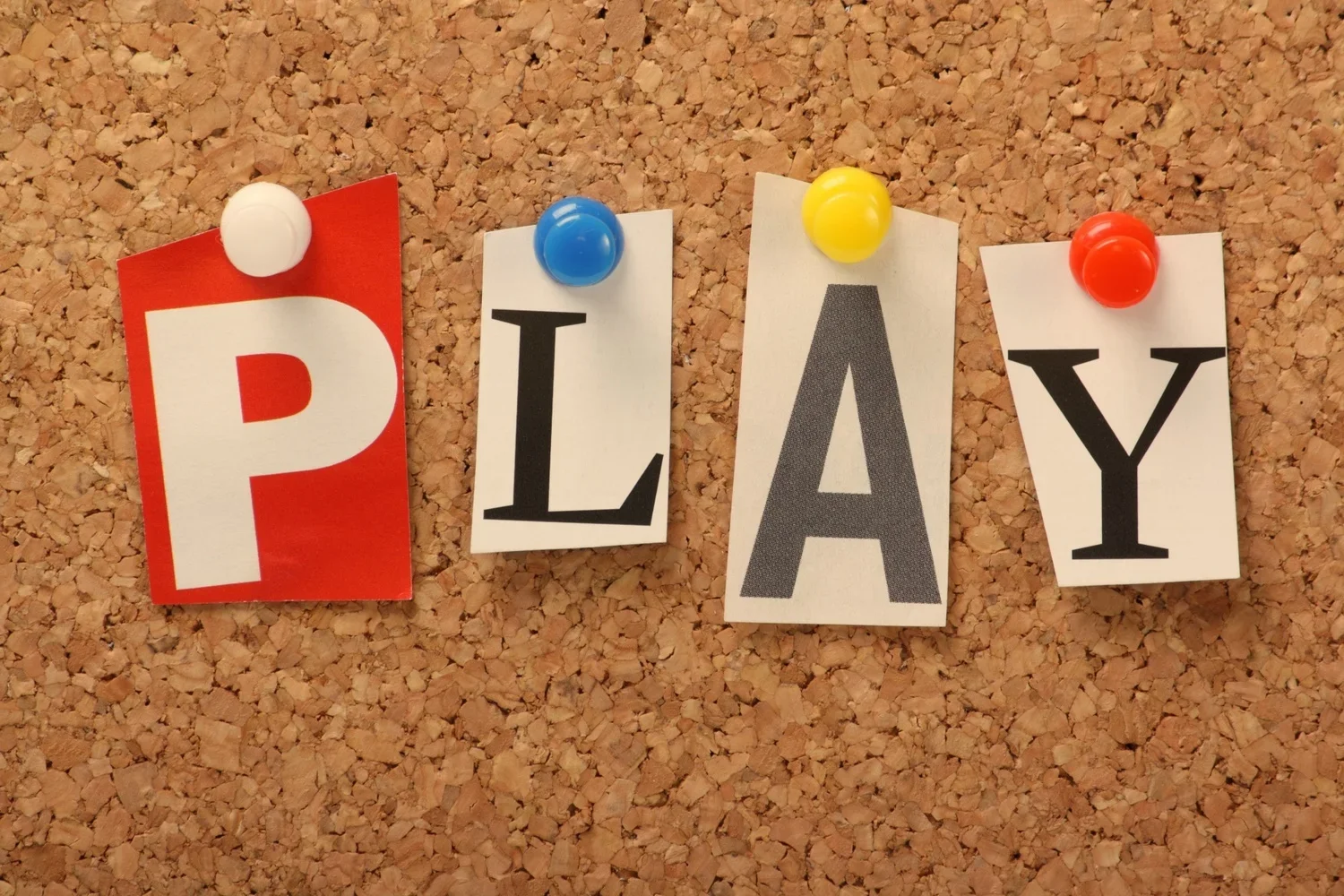What We Provide
INDIVIDUAL THERAPY
Our therapists are specifically trained in Cognitive Behavioral Therapy (CBT), though other techniques may be utilized as needed—for example, when a patient requires immediate support in processing or communicating emotions. While each therapist may bring a slightly different approach, CBT remains our primary focus.
CBT is the only evidence-based therapy that has consistently demonstrated significantly higher positive outcomes than other approaches across the spectrum of mental health, as shown in clinical trials. It is a proactive and clinical form of therapy, grounded in the medical model that begins with “anything could be the cause” and narrows down to “this is the cause of this feeling or behavior.”
The work emphasizes cognitive restructuring and behavioral conditioning. Homework, journaling, and assignments ensure that progress extends beyond the therapy session, teaching patients to continue their growth at home. Because of this, CBT is not only a treatment but also a teaching approach, guiding patients to understand and manage their thoughts and behaviors independently.
COUPLES THERAPY
Couples of varying types come to us for many reasons, the most common being their attempt to save their relationship. When we first meet with a couple, we ensure that both individuals have the opportunity to share their perspective on what they believe the problem is. Often, we hear a variety of concerns, and it is not unusual for the partners to disagree on what the main issue might be.
In my twenty years of practice, maladaptive communication has been the most common problem I encounter in couples seeking therapy. Whether there is too little communication, the message is not conveyed in a way the partner can understand, or one person is more focused on waiting to speak than truly listening, communication issues almost always become the central focus of therapy.
Play Therapy is a specialized form of therapy for children, typically ages 10–12 and younger. There are two primary types of play therapy, as well as a third approach that can be helpful in specific circumstances. The two main types are directive and non-directive play therapy.
Children often communicate through play in the same way that adults communicate through words. In non-directive play therapy, the therapist begins by observing the child’s play to identify themes and then “enters into” the play. The therapist actively participates with whatever toy or game the child chooses.
In directive play therapy, the therapist selects a toy or game with the intention of gaining more insight. They then engage in the activity with the child, carefully observing both the play and the child’s reactions.
Note: We are currently only seeing children ages 10 and older.
PLAY THERAPY
We would love to hear from you. At this time, all of our sessions are offered through secure tele-therapy, allowing you to access care from the comfort and privacy of your own home. Whether you have questions about our services, would like to schedule an appointment, or want to learn more about how we can support you, please don’t hesitate to reach out. Your journey toward healing and growth can begin with a single conversation.



